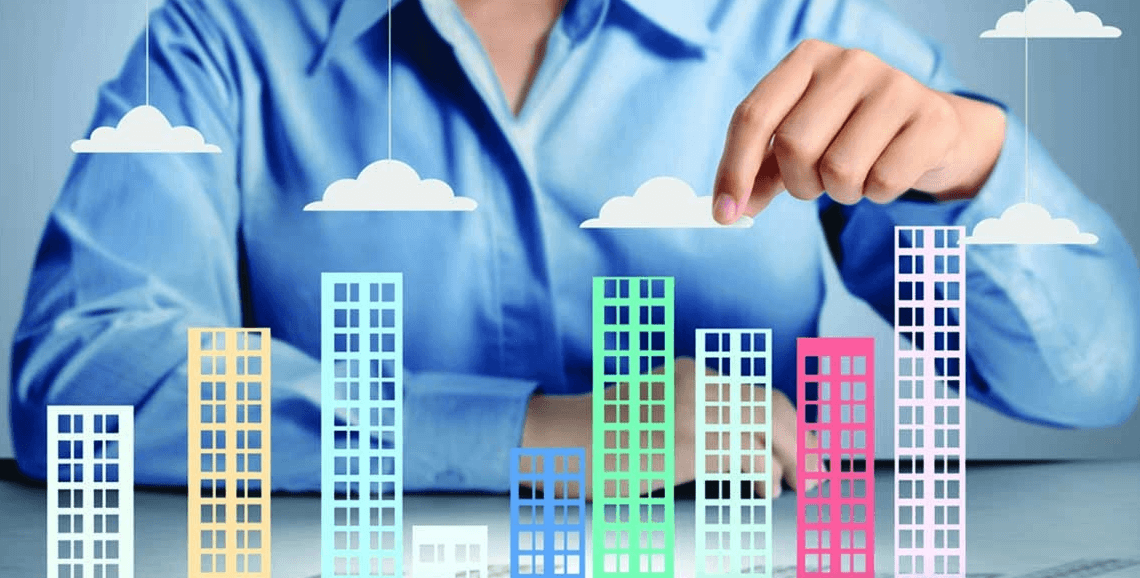Introduction
As cities grow denser and urban land becomes increasingly scarce, high-rise developers are reshaping skylines with vertical communities that maximize space while redefining modern living. Their work is not just about constructing tall buildings but about designing sustainable, functional, and vibrant environments where people can live, work, and thrive. High-rise developers are at the heart of urban transformation, creating iconic landmarks that embody progress, efficiency, and innovation.
High-rise developers specialize in the planning and construction of tall residential, commercial, and mixed-use buildings that make efficient use of limited urban land. Their projects are often located in prime city centers where demand for space is high, and vertical development provides an effective solution to accommodate growing populations. By building upward rather than outward, these developers play a critical role in shaping the future of metropolitan living.
A hallmark of high-rise development is the integration of advanced engineering and architectural design. Developers collaborate with architects, engineers, and planners to ensure their projects balance safety, functionality, and aesthetic appeal. Cutting-edge construction techniques, reinforced materials, and innovative design approaches allow high-rise structures to stand tall while withstanding environmental challenges such as wind, seismic activity, and climate conditions.
High-rise developers also focus on creating communities within their towers. Modern projects often include shared amenities such as fitness centers, swimming pools, coworking spaces, rooftop gardens, and retail outlets that provide residents with convenience and quality of life. By blending residential and lifestyle amenities, developers transform tall buildings into self-contained ecosystems where everything residents need is within reach.
Sustainability is another defining element of high-rise development. Developers are increasingly incorporating energy-efficient systems, water conservation technologies, and green design principles to minimize environmental impact. Features such as solar panels, rainwater harvesting, and eco-friendly materials make high-rises not only impressive in scale but also responsible in design. This commitment ensures long-term viability in cities striving for sustainability.
From an investment perspective, high-rise developers deliver projects that often become iconic landmarks, boosting property values and attracting both local and international buyers. Their ability to maximize land use while offering premium amenities makes high-rise developments highly desirable in competitive real estate markets. These projects represent not only modern housing solutions but also symbols of urban identity and economic growth.
Conclusion
High-rise developers are transforming urban landscapes with vertical communities that combine innovation, sustainability, and lifestyle-focused design. Their projects address the challenges of space and population density while creating iconic structures that define modern skylines. As cities continue to evolve, high-rise developers will remain central to shaping the future of metropolitan living.




